There's more to our feathered frenemies than just the flying and chirping. Whether they have unique defense mechanisms, look like monsters or do things us humans would call evil, here are 15 species of bird that differ from the norm.
#15: Cuckoo
Instead of raising their own young, these birds lay their eggs in the nest of other birds so they can raise them. As if that wasn't bad enough, these birds also steal the eggs other birds to eat and they're willing to use force to make other birds raise their young.
#14: Peregrine Falcon
These birds of prey are known for their stoops, where they fly up high and then let themselves fall for great periods. During these stoops they reach speeds of around 200 miles per hour, making them fastest animals on the planet (certain fictional hedgehogs and road runners not withstanding).
#13: Shrike
While they may look innocent, these birds impale their victims on large thorns (or barbed wires on some occasions) and tear chunks off their dead bodies. Because of this they're sometimes called butcher birds.
#12: Cassowary
These birds are classified by their big size and the boney structures on their heads, but that's the least of your worries when facing them. In addition to their sharp beaks, they also have very sharp talons on their legs not unlike prehistoric raptors. They've been known to kill humans and other large and/or dangerous animals, including dingos, horses and even crocodiles.
#11: European Honey Buzzard
These birds of prey specialize in feeding on insects with stings, like hornets and wasps. They have thick coats of feathers to protect them from their dangerous prey. They are the only known natural predators to Giant Asian Hornets, which are some of the most dangerous insects in the world.
#10: Lyrebird
These birds are well known for their ability to mimic nearly any sounds they hear. They can mimic not only other bird calls, but the other animal noises and even manmade sounds like chainsaws and car alarms.
#9: Burrowing Owl
These birds are almost nothing like other owls. First of all, they nest and roost in burrows instead of in trees. Secondly, they have longer legs that allow for sprinting. Lastly, they are active during the day instead of night.
#8: Magnificent Frigatebird
These birds are most known for their red throat pouches, which inflate like balloons during mating season. They feed mainly on fish and squid, but they are willing to food from other birds. They do this by stealing other bird's eggs or forcing other birds to regurgitate by shaking their tales.
#7: Rhinoceros Hornbill
These birds have large horn-like structures on their heads which amplify their mating calls. When the female of a pair lays her egg in a tree trunk, the male shuts her in by packing the entry wall with mud, manure and food. He leaves a hole that's just big enough for the female to feed and defecate.
#6: Vampire Finch
As their name applies, these birds drink blood. Unlike traditional vampires, however, they don't have specialized fangs to suck blood with. Instead, they peck at larger animals including other birds until they start to bleed and then drink the blood from the resulting wounds.
#5: Hoatzin
Much like skunks, this freaky looking bird is characterized by their foul smell. These birds get that smell by eating vegetation that ferments in their foreguts.
#4: Potoo
As a relative of the tawny frogmouth, this bird shares the characteristic tree camouflage and huge mouths. They have two things that set them apart from their owl-like cousins. One is the mouth itself, which has a toothlike protrusion at the top and is brightly colored inside, which is believed to attract insects. The other thing is its cry, which people have said belongs in a horror movie.
#3: Northern Fulmar
 |
| It's a defense mechanism, a baby feeding method, an emergency food source and a way of emptying the stomach. Talk about multifunctional! |
This bird species produces a stomach oil that it can spit out at predators. This oil can destroy the water resisting oil on other seabirds, leaving them vulnerable to drowning and aquatic predators. Disgustingly enough, this oil can also be used as self-sustenance during long flights.
#2: Guacharo
These birds behave similarly to bats, right down to the use of echolocation to find prey. They're common name, oilbird, came about because they're covered in oil. In fact, people in the past used to boil them to harvest this oil for fuel.
#1: Marabou Stork
Much like vultures, these birds mainly eat dead animals, though they'll also take advantage of grass fires and pick off fleeing animals, as well as scavenge through dumpsters and landfills for food. To cool down on hot days they intentionally defecate on their own legs. I wish I was kidding!
It's been a while sense I've talked about real world animals, hasn't it? It sure feels good to return to my roots. If you can think of any other unusual bird species, you know where to leave your suggestions. Thanks for viewing and have a happy Easter. Also, happy anniversary of the day you rose from the grave Jesus!



















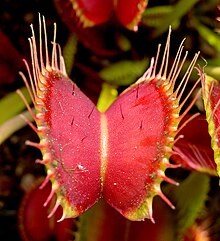






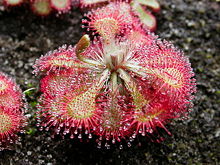





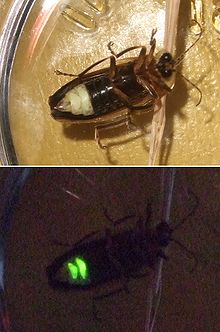




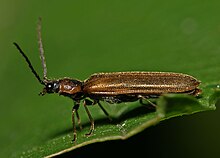

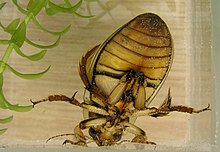









.jpg)






.jpg)
.jpg/800px-Portia_fimbriata_(15857541765).jpg)